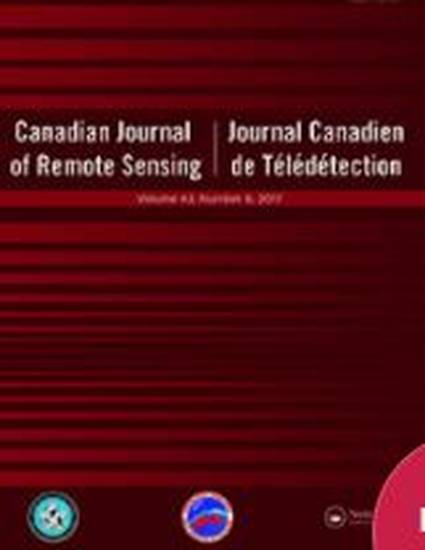
Article
Detection of Ships with Multi-Frequency and CODAR SeaSonde HF Radar Systems
Canadian Journal of Remote Sensing
(2014)
Abstract
CODAR SeaSonde and Multi-Frequency Coastal Radar systems (MCR) are designed to measure environmental ocean features, particularly ocean currents, waves and winds. In addition to such measurements, these systems also have the capability to detect discrete targets, such as ships. This paper illustrates measurements made with both systems for the purpose of ship detection on both the east and west coasts of the United States. Radar data collected over Lake Michigan also indicates, for the first time, the potential that exists to detect ships with HF radar over freshwater lakes. Actual backscatter data collected from vessels of opportunity are shown to be consistent with theoretical considerations for the maximum ranges attainable for ship detection for both CODAR SeaSonde and MCR systems. Estimates of ship radar cross-section are also consistent with experimental values obtained. Methods such as signal stationarity, frequency diversity and peak tracking aid in separating ships from other targets and from noise sources within echoes received from both types of radar systems.
Disciplines
Publication Date
2014
DOI
10.1080/07038992.2001.10854871
Citation Information
Daniel Fernandez, J.F Vesecky, D. E. Barrick, C. C. Teague, et al.. "Detection of Ships with Multi-Frequency and CODAR SeaSonde HF Radar Systems" Canadian Journal of Remote Sensing Vol. 27 Iss. 4 (2014) Available at: http://works.bepress.com/daniel-fernandez/3/
